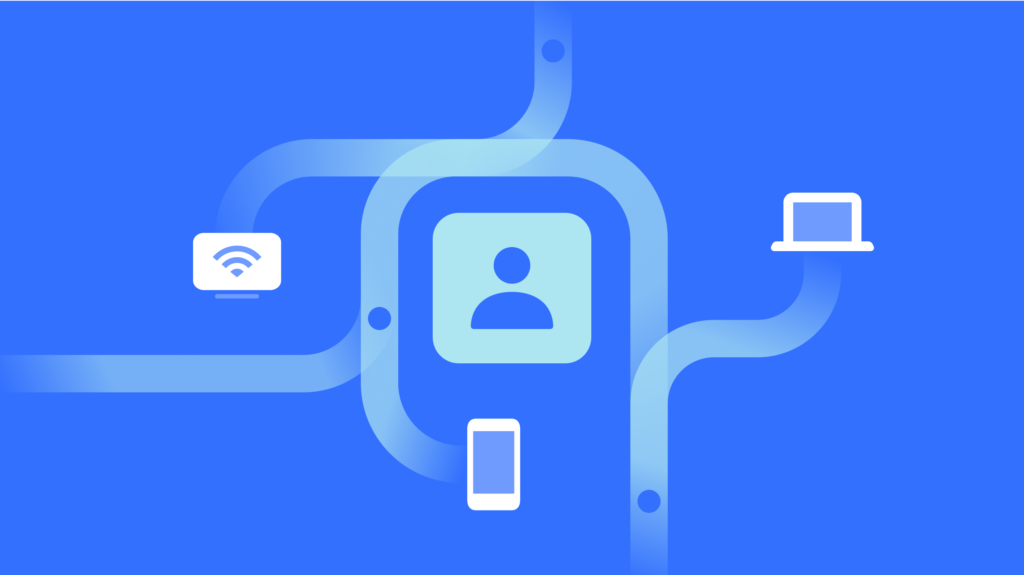Master Omnichannel Journey Orchestration, Not Campaign Management
February 24, 2022It’s time to focus on omnichannel journey orchestration instead of campaign management.
Why? Because the future of customer experience is hybrid, demanding not just greater flexibility across online and in-store experiences, but across channels and devices as well.
One recent study found that consumers interact with brands across 20 different channels on average. In order to provide customers with what they want — consistent experiences across each and every touchpoint — brands need the right tools for the job.
Unfortunately, research shows that not having the right technology was the biggest barrier to organizations orchestrating omnichannel customer experiences (43%) — surpassing lack of budget and process (29%), as well as organizational buy-in (27%).
The data doesn’t lie — many companies are stuck in the past of campaign management and the legacy tools that support it.
Master Omnichannel Journey Orchestration, Not Campaign Management
Campaign Management Technology is Obsolete
What once seemed the pinnacle of high-tech has a way of becoming antiquated. Take campaign management tools like Unica, for example. The ability to automate communications in the late 1990s was a big deal, allowing organizations to reduce time-consuming manual processes.
But campaign management tools like this weren’t built to handle today’s complex customer journeys. Or the number of interactions customers have with brands on a regular basis. Or the volume of customer data enterprise organizations now collect. Sensing a trend?
Instead, they were designed to sit on top of on-premise data warehouses (think Oracle, IBM, Microsoft and Teradata) and create lists for direct mail campaigns. Sure, they eventually evolved to manage some digital engagement channels, such as email, but they’re now forever playing catch-up to a rapidly changing consumer landscape.
In their time, these campaign management tools ruled the roost. It’s only natural that many marketers would come to depend on them. But as traditional campaign management has become more inadequate, reliance on these technologies is leading to operational challenges and missed opportunities.
The Pitfalls of Legacy Campaign Management
While by no means an exhaustive list, there are four primary problems with using legacy campaign management tools rather than omnichannel journey orchestration to engage modern consumers:
1. Slow Time to Market
Speed to market is key to staying ahead of the competition. But with legacy campaign management tools, the marketing team must create a ticket with the operations team to execute on any new ideas. And if new data points are required, ops will do the same with IT.
This creates bottlenecks (and takes IT teams away from higher-impact priorities). After weeks of back-and-forth conversations — and extracting, transforming and loading data — marketing is finally able to test their idea. And by then it’s probably too late, because consumers have already moved on.
2. Lack of Marketing Access to Data & Audiencing
Why are marketing teams so dependent on ops and IT in the first place? Because they can’t access the data they need.
Legacy campaign management tools have set the expectation that any user who wants to analyze and take action on customer data must be a Structured Query Language (SQL) expert — and that leaves the 80% of your organization that doesn’t know how to write SQL in the dust.
3. Limited Cross-Channel Capabilities
Direct mail, email, SMS and push notifications are part and parcel of many companies’ marketing strategies. And while legacy campaign management tools can support these channels in most cases, they’re at a loss for the many other channels consumers use throughout the customer lifecycle (social media, paid advertising, etc.).
In short, the dream of true omnichannel marketing remains out of reach.
4. Impending Cloud Migration
The migration to the cloud feels inevitable. Just ask the experts at Gartner. They predict that by 2025, cloud-native platforms will act as the foundation for more than 95% of new digital initiatives — an increase from 40% in 2021.
Most companies see the writing on the wall and are exploring how to migrate their infrastructure to cloud-managed service providers such as Amazon Web Services, Microsoft Azure and Google Cloud Platform. They also see this as an opportunity to modernize their technology stacks to reduce IT costs — something legacy campaign management tools won’t help with.
Omnichannel Journey Orchestration is the Solution
What organizations need is a way to put customers — and all their modern behaviors and preferences — at the center of their CX strategy.
This requires connecting all customer data and providing analytics access to business users, enabling them to launch, monitor and optimize sophisticated customer experiences across all online and offline channels. It means moving from a brand-centric to customer-centric approach.
In short, it calls for a journey management solution.
The verdict is in — taking a journey-based approach is proven to reduce acquisition costs by up to 50%, increase repurchase rates by as much as 30% and boost customer lifetime value as high as 25%.
But people get comfortable. Processes stagnate. And organizations will try to minimize disruption even if their current tactics are suboptimal. It can be tempting to forgo organizational change in favor of upgrading to the latest version of the same old legacy tool from an existing vendor.
Don’t fall into this trap. Replicating what you’re doing today, how you’re doing it today, will give you the same problems you’re struggling with today.
It’s not enough to swap out one piece of technology for another. Moving from campaign management to journey management means reimagining your approach to customer experience and fully embracing a customer-centric approach to both technology and strategy.
Learn More About Omnichannel Journey Orchestration
Check out our Customer Journey Management solution sheet to learn how ActionIQ can help you increase marketing agility and drive customer satisfaction with personalized omnichannel journeys.
This post first appeared on the ActionIQ blog. To see the full article, click here.


